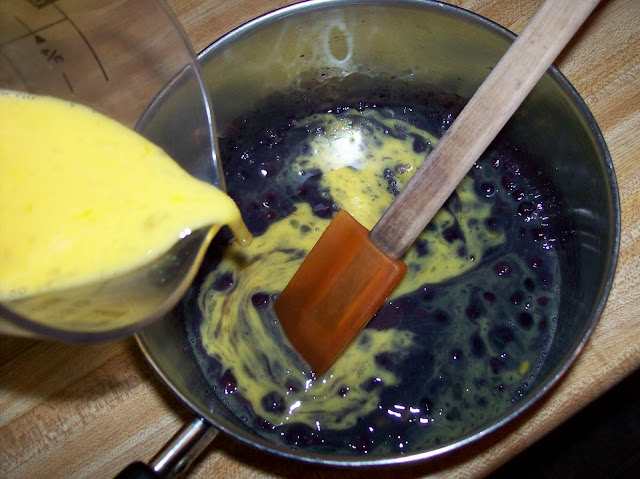Gluten-Free Gourmet
 |
| Chopping Apples |
1 Gala apple, chopped in ½” slices ¼ c. honey
1 t. cinnamon ½ c. water
Beat separately and mix into apples:
2 eggs 1 t. vanilla extract
Pour into pre-baked pie shell (made from Basic Pie Crust recipe) and bake at 400° for 20 minutes. Cool and slice.
 |
| Apple Pie |


































